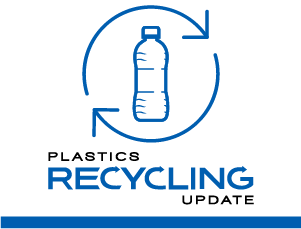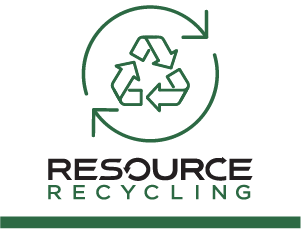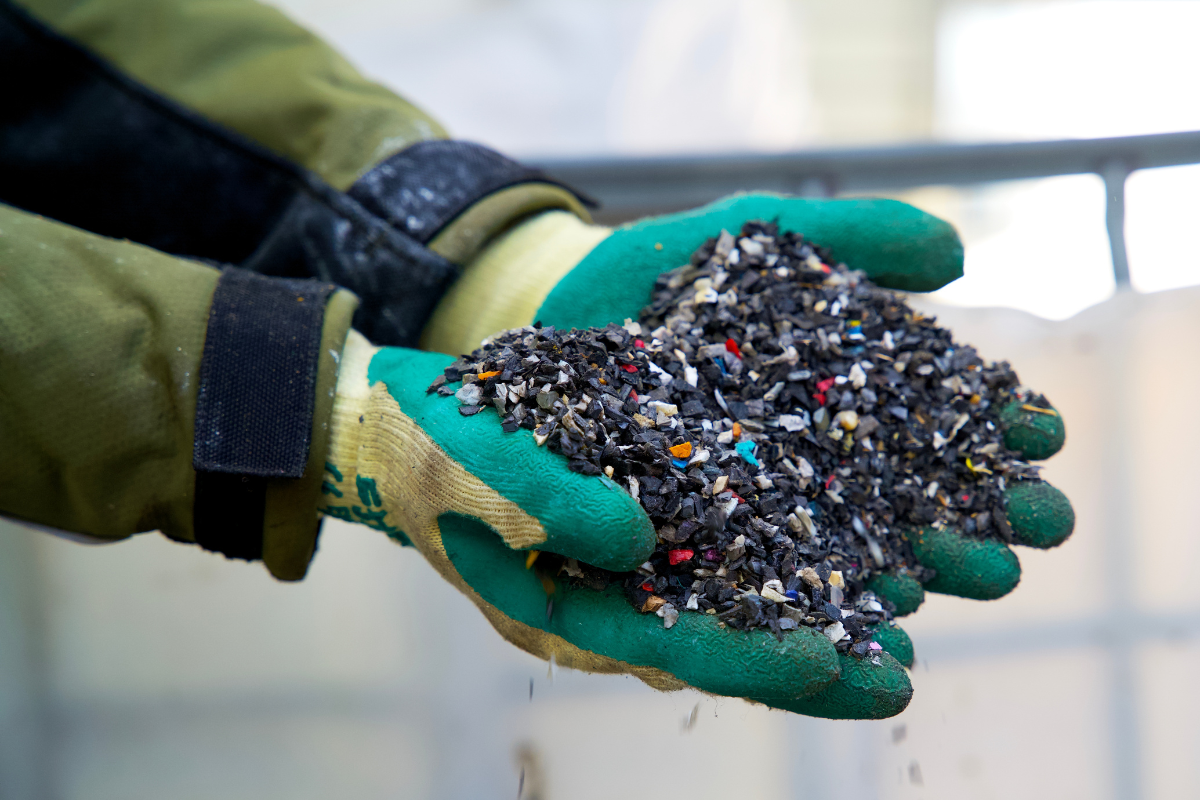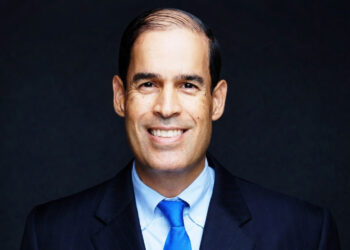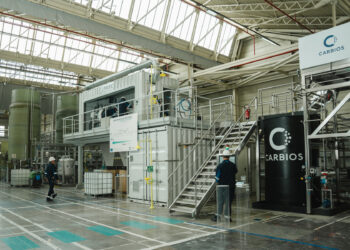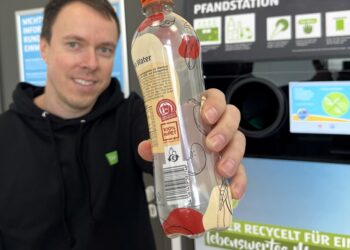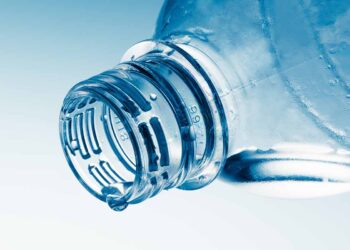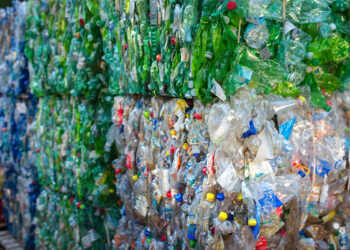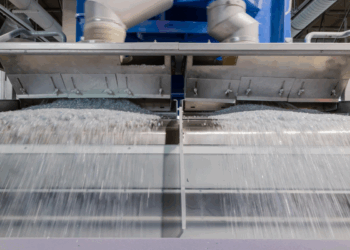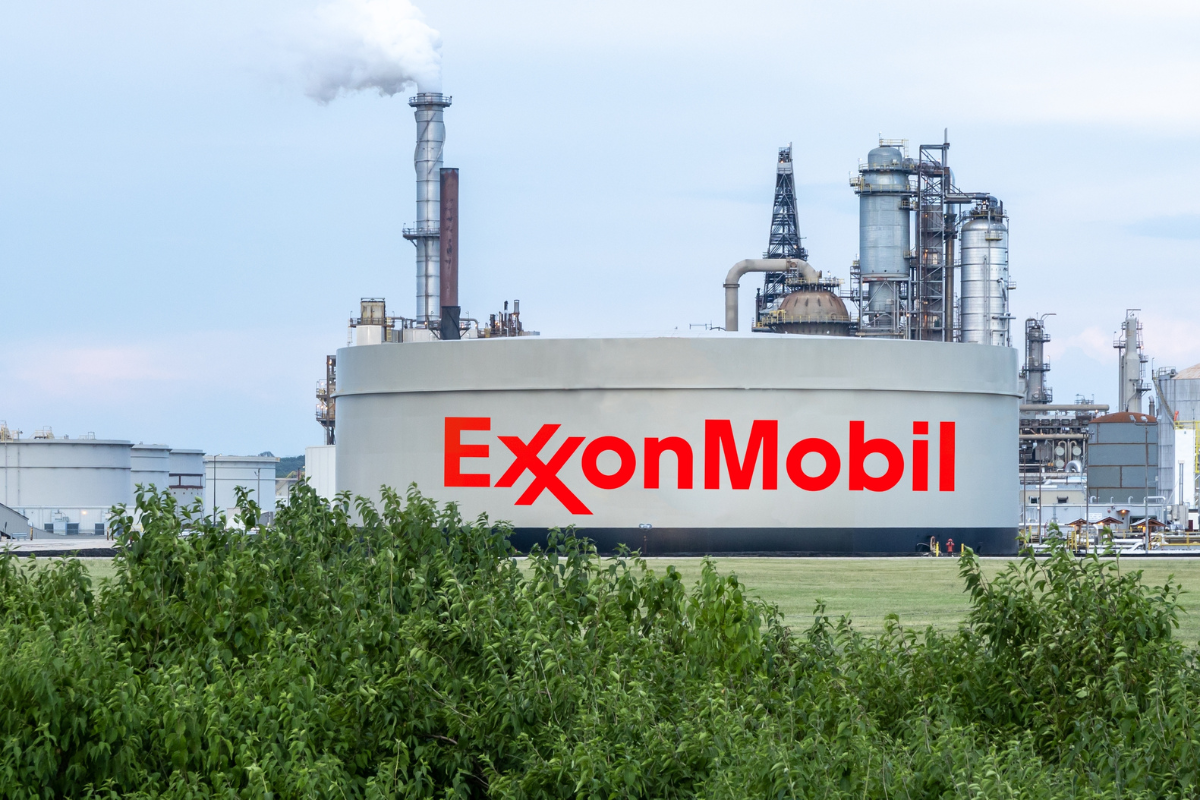Two U.S.-based chemical companies discussed upcoming recycling projects during recent earnings calls, expressing optimism despite persistent economic uncertainty and potential administrative hurdles.
As part of a 27% reduction in capital expenditures for 2025 – from $750 million to $550 million – Eastman is “moderating project spending in 2025.” Nevertheless, the company plans to break ground at its Texas methanolysis plant in Q4 and continues to expect mechanical completion in 2028.
The new plant in Longview, Texas, accounts for just under half of that $200 million reduction, CFO Willie McLain said during a quarterly earnings call April 25.
A significant portion of the project’s funding comes from a Department of Energy grant, and CEO Mark Costa said Eastman received $11 million in payments during the first quarter despite hits to the industry from sudden cuts to federal funding. Even so, he acknowledged that “there’s a lot of staff change going on in the DOE right now, so we’re moving a little slow in how we sort of finalize the next phases of the contract. But we’re not getting an indication that the project is at risk.”
Costa added that building infrastructure to deal with plastic is also a means to provide domestic raw materials for food packaging, in the interest of national security.
“It’s onshoring jobs from Asia, because most of all the PET business has now gone to China,” he said. “And you’re creating revenue way beyond just our facility and supporting the growth, the recycling infrastructure behind us and being a better supplier to local manufacturing or plastic related products in the market.”
In Kingsport, Tennessee, the company’s flagship methanolysis plant saw its highest uptime and volumes so far during the quarter. Eastman also is “finding ways to use even cheaper versions of feedstock,” Costa said.
Despite an overall slowing of consumer demand, Houston-based LyondellBasell has not adjusted its investment strategy for MoReTec-1, its first commercial-scale chemical recycling facility in Germany, said CEO Peter Vanacker.
For MoReTec-2, to be located at the company’s former refinery site in Houston, “at this point in time, there is not a huge capex that is being spent,” Vanacker said. He added that the company plans to make a final investment decision on the facility in 2026, after securing offtake commitments from brand owners.
Demand dynamics
The combination of reduced overall consumer demand and competitively priced virgin resin have led “a few” Eastman customers in durable goods to revert back to virgin Tritan copolyesters from the Tritan Renew line, Costa said.
Still, Eastman remains optimistic on demand for chemically recycled PET: “Market engagement there is still good, it’s just a question of where these tariffs disputes go. If they’re resolved soon, this quarter, then things would start to recover and get back to normal. They’ll actually have to restock because they’re pulling inventory down below normal levels right now to avoid paying the tariff.”
Eastman previously noted its plans to add food packaging to its RPET portfolio in the second half of 2025. In the food packaging sector, brand owners face performance limitations from mechanically recycled PET and are “very much engaged in trying to find ways to buy some RPET” from Eastman, Costa said. “So we’re still making good progress to be able to sell RPET in the back half of the year as we convert that Tritan line over to making PET that we discussed before.”
In durable goods, however, Eastman customers are slowing the pace of circular investments as well as new product introductions due to economic tensions, he said, which directly affects adoption of the company’s circular offerings. “If you can’t import a product from China, you can’t launch a new product. So that reduces the rate at which the new product launches for Renew content can be brought to market.”
In comparison, LyondellBasell has reported higher sales volumes of circular PE by about 57% in each of the past three years, Vanacker said. Despite extensive plastics and packaging legislation in Europe, brand owners there have reduced their recycled content targets, “but it’s simply because they came to the conclusion that the capacity is not there and will not be there sufficiently to meet their demand.”




